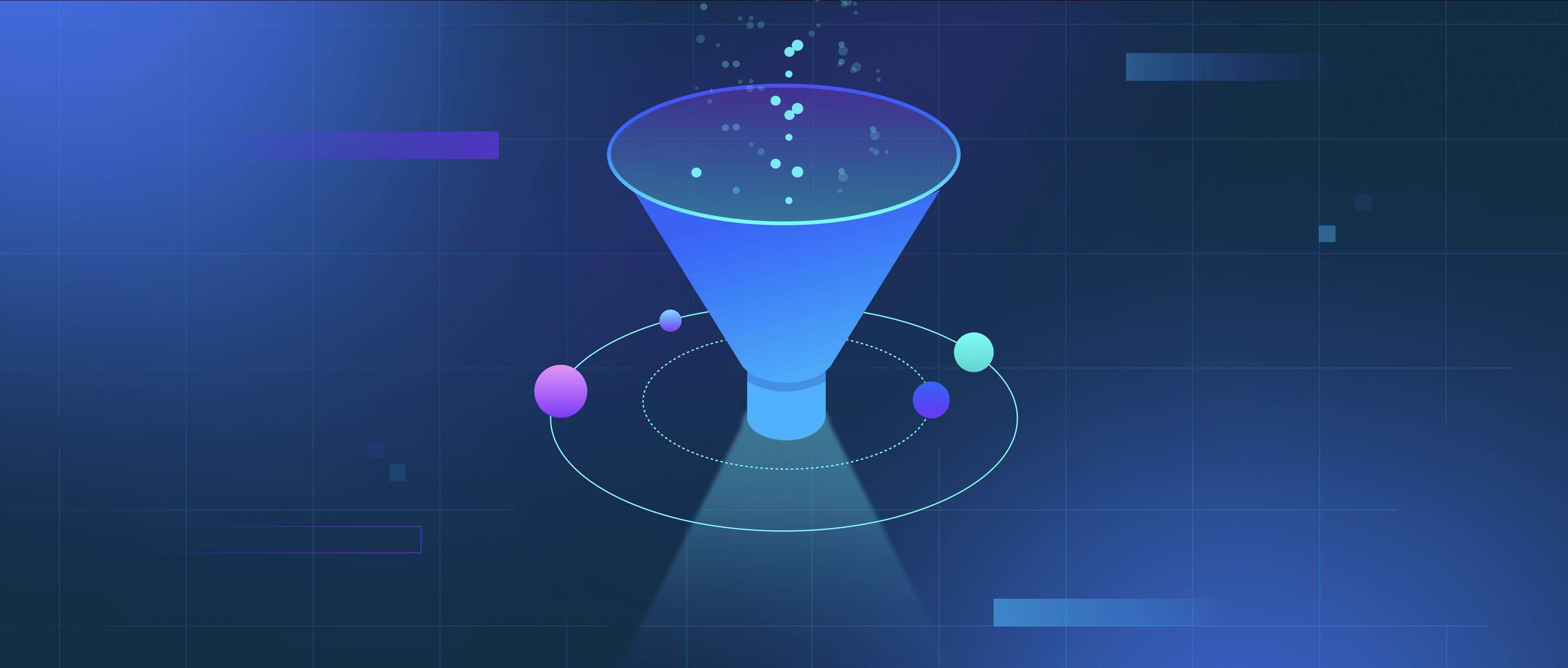Multi-agent systems simulate biological systems by modeling individual entities, or agents, that interact with each other and their environment, similarly to how organisms behave in nature. In these simulations, agents can represent anything from individual cells to entire populations of animals. Each agent operates based on simple rules, yet when combined with others, can create complex behaviors that mirror biological phenomena. This approach allows researchers and developers to study dynamics like predator-prey interactions, disease spread, or even ecosystem balance.
One common application of multi-agent systems in biological simulations is the study of animal behavior. For instance, swarming behavior in birds can be replicated by agents following a set of rules regarding proximity, alignment, and cohesion with their neighbors. By adjusting these rules, developers can analyze how changes in the environment or population density affect the flock's movement or decision-making. Similarly, multi-agent systems are used to simulate fish schools, where agents mimic avoidance of predators or resource foraging, providing insights into resource allocation and survival strategies.
Another important use case is the modeling of infectious disease spread among populations. In this scenario, agents represent individuals in a population, each capable of being healthy, infected, or recovered. By implementing simple rules for transmission based on contact patterns, developers can simulate outbreaks and assess strategies for intervention, such as vaccination or quarantine measures. These simulations help in understanding how diseases spread through networks and how various factors, such as social distancing, can reduce transmission rates. Overall, multi-agent systems provide a versatile framework for exploring and understanding complex biological interactions.
